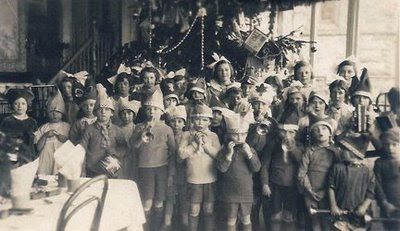
view of the balconies- Craig-y-nos Castle

Dr Carole Reeves

The Casco girls, Utrecht Project organizers. Mieke Van de Voort is second right. Binna Choi (far right) is the Director of Casco

street scene, Utrecht
The Children of Craig-y-nos in Utrecht
Last Thursday, 20 November, I was invited to Utrecht to participate in a project by Dutch artist, Mieke Van de Voort, developed in collaboration with Casco (Office for Art, Design and Theory). The project consisted of a three-day workshop leading up to a ‘game’ in which participants were set on an imaginary island called Orania, which had been stricken with an unidentifiable but deadly epidemic. No one could escape. The participants assumed character roles on the island – there were policemen, doctors, a mayor, as well as ordinary islanders – and had to cope collectively with the state of emergency. Over the three days leading up to the game, participants were given various tools, in the way of knowledge about the history of viruses and pandemics, theories of control and social order, self-organization strategies, notions of community, decision-making and conflict resolution. They then had to use this knowledge to deal with the pandemic and issues arising out of it.
I used the Craig-y-nos example to deal with ideas of quarantine, contamination and isolation. I spoke about how there were different layers of isolation – the location, the castle itself, the wards, the babies from the children, the children from the adults, boys from girls, ward from balcony, patients from families, children from animals, etc. Boxes within boxes was how I described it.
I gave lots of examples of individual experiences based on many of the collected memories, and included a great number of our wonderful images. I had a brilliant and responsive audience of people from all around the world including the Netherlands, Britain, South Africa and South Korea. Everyone was extremely hospitable and I greatly enjoyed my two days in Utrecht. (Dr Carole Reeves)






